[ad_1]
It is the Ford Mustang Coyote engine though, that has gained legendary status in just over a decade and has featured in some great great Mustangs in its time. Every GT Mustang has boasted one of these bad boys from the early 2010s to the new 2024 Ford Mustang, and folks working on custom builds, choose the crate engine for their projects, and, for good reason. They just keep getting better and better.
We have compiled the 10 most important things you should know about the evolution of the Ford Mustang Coyote engine, ranging from their power output, what vehicles use them as their powertrain, their main competitors, what is going to be different about the new generation of Coyote engine, and why owning one, or a vehicle that boasts a Coyote mill under the hood, is more than just a status symbol.
In order to give you the most up-to-date and accurate information possible, the data used to compile this article was sourced from various manufacturer websites and other authoritative sources, including Fuel Economy.gov, Road & Track, and Ford Performance Parts.
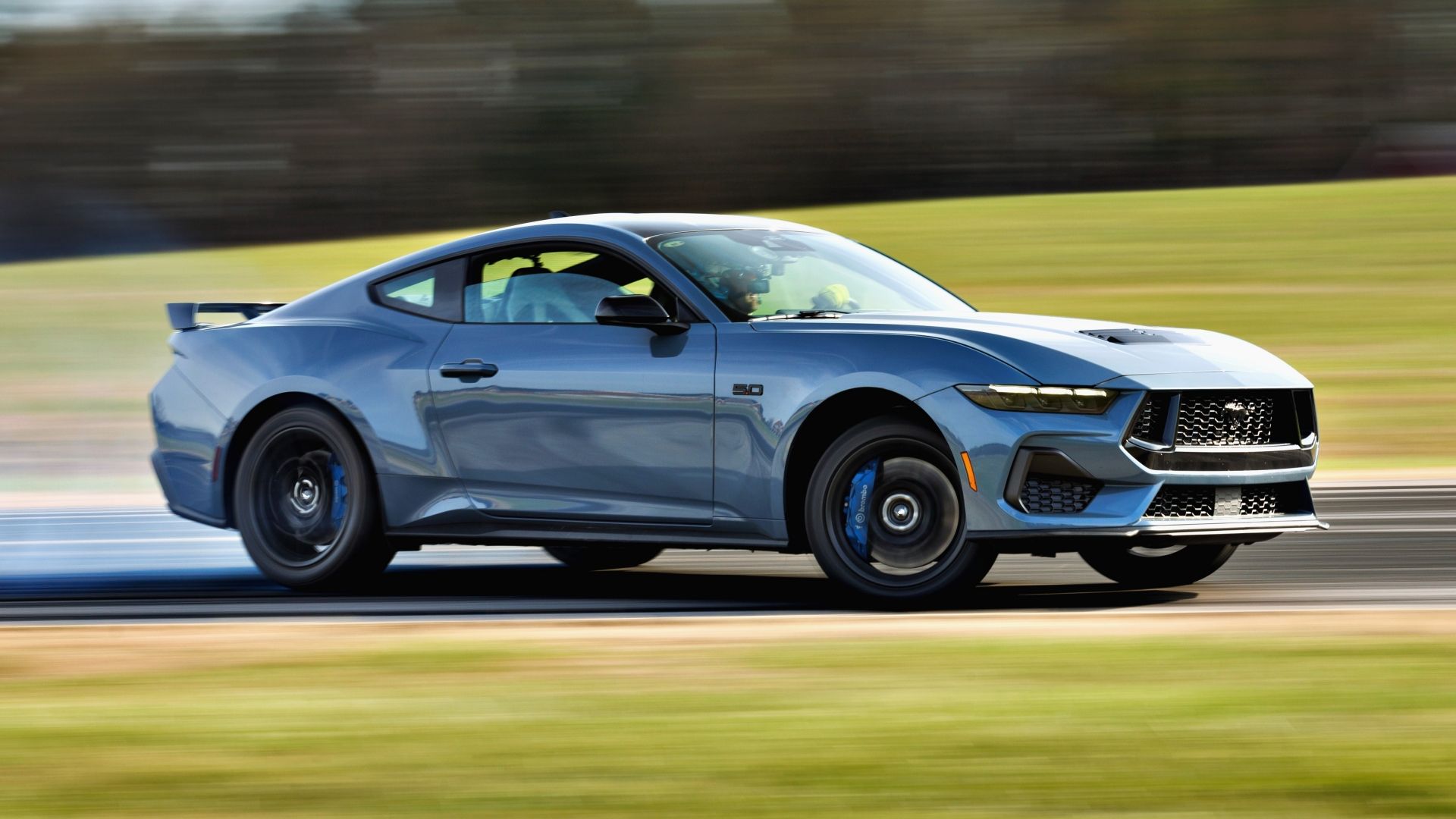
10 Things You Should Know Before Buying The 2024 Ford Mustang
With Ford once again raising the bar in the muscle car scene, here are 10 things to know before you consider purchasing a 2024 Ford Mustang
10 The Coyote Has Been The Heart Of Mustangs Since 2011
13 Years Of Competition With The Hemi And The LS3
Ford began featuring modular engines in the early 1990s with the release of the 1991 Lincoln Town Car, and ever since, has kept the competition in check, by showcasing what is technologically possible, eventually leading to the creation of the First Generation Coyote engine.
It was named after the first four-valve V-8 engine race car made by Ford, which was hugely successful in the 1960s and 1970s. With this, they were able to increase the flexibility, power output, and economic potential of their modular engines which was not possible with small-block engines.
Key Facts About The Coyote Engine
- It is a modular engine that was originally designed to ensure flexibility in what engine configuration could be built and fitted to a vehicle, depending on the vehicle’s requirements.
- The creation of the modular engine and subsequent Coyote engine helped phase out pushrod engines in Ford models.
- The Ford Coyote engine is a naturally aspirated 5.0 liter V-8.
- Smaller displacement than the GM LS3 and Chrysler Hemi engines but can produce high horsepower and torque (more on that later though).
- The coyote was designed to have high power but also to be more economical.
Debuting in the 2011 Ford Mustang GT, the lightweight all-aluminium 5.0 liter V-8 Coyote Engine which featured double overhead cam (DOHC) technology, has since become a staple and much praised, race-inspired engine that many engines, even higher displacement engines, struggle to compete with. Whilst Chrysler and General Motors were sticking with their mantra of ‘there is no replacement for displacement’, Ford thought otherwise and produced an engine that was small but powerful.
9 The Coyote Mustang Engine Is Ground-Breaking
Ford’s First Use Of Twin-Independent Variable Cam-Timing Tech
As mentioned above, when creating the first generation Coyote engine, Ford implemented the first use of twin-independent variable cam-timing technology (Ti-VCT) and a double-overhead-cam. At the time, this was both ground-breaking and a hot point for debate. The use of Ti-VCT on Coyote engines means that more power can be created because of the ability of the intake and exhaust camshafts to be slowed at the same time.
The use of DOHC results in greater flexibility in shape, location of the intake and exhaust ports, and size because there are no pushrods to get in the way. It also results in better economy thanks to a smoother and better gas flow through the engine.
Key Features Of Twin-Independent Variable Cam-Timing
- Greater torque and power can be produced at lower RPM.
- Better economy can be achieved compared to small and large block engines.
- There are lower emissions produced thanks to better gas management within the engine.
- Paired with a DOHC, the exhaust valves and intake valves can be opened or closed at separate times thanks to being able to be rotated relative to their original positions, resulting in a higher power output.
Once the initial frostiness of ‘purists’ who love their push-rod engines thawed, the acceptance of this new technology for the time changed the face of engine design forever and continues to do so, with its competitors introducing similar technology.
Though there is an argument for 2010s muscle car fans who like the classic feel of a pushrod engine, there is no denying that thanks to Ti-VCT and DOHC technology, Ford has created an engine that appeals to horsepower lovers and those looking for a more economic drive.
8 The Coyote Mustang Engine Is Multi-Generational
The Fourth Generation Is Coming In 2024
The awesome Coyote engine has been out-roaming the streets and hitting the track, under the hood of every Mustang GT since 2011! It is that good, Ford decided to offer it in every Mustang GT as standard and some stand-alone F150 pickup trucks as well.
That includes some of the best Mustangs ever built like the 2012 Ford Mustang Boss 302 Laguna Seca. With every new generation of Coyote comes a new line-up of Mustang that muscle-car lovers adore. Better still, the new lineup of Mustangs for 2024 will soon feature the Fourth Generation Coyote Engine.
Ford Mustang Coyote Engine Model Years
- First Generation: 2011 to 2014
- Second Generation: 2015 to 2017
- Third Generation: 2018 to 2023
- Fourth Generation: 2024 to Present
The Fourth Generation Coyote Engine will soon feature in the new Mustang lineup and will continue to be a naturally aspirated V-8 with big horsepower, torque, versatility, and performance credentials. Still paying homage to some of its heritage by continuing to be built as a naturally-aspirated mill, the difference with the fourth generation lies with its power output, torque, and economy credentials that are fit for a modern auto market.
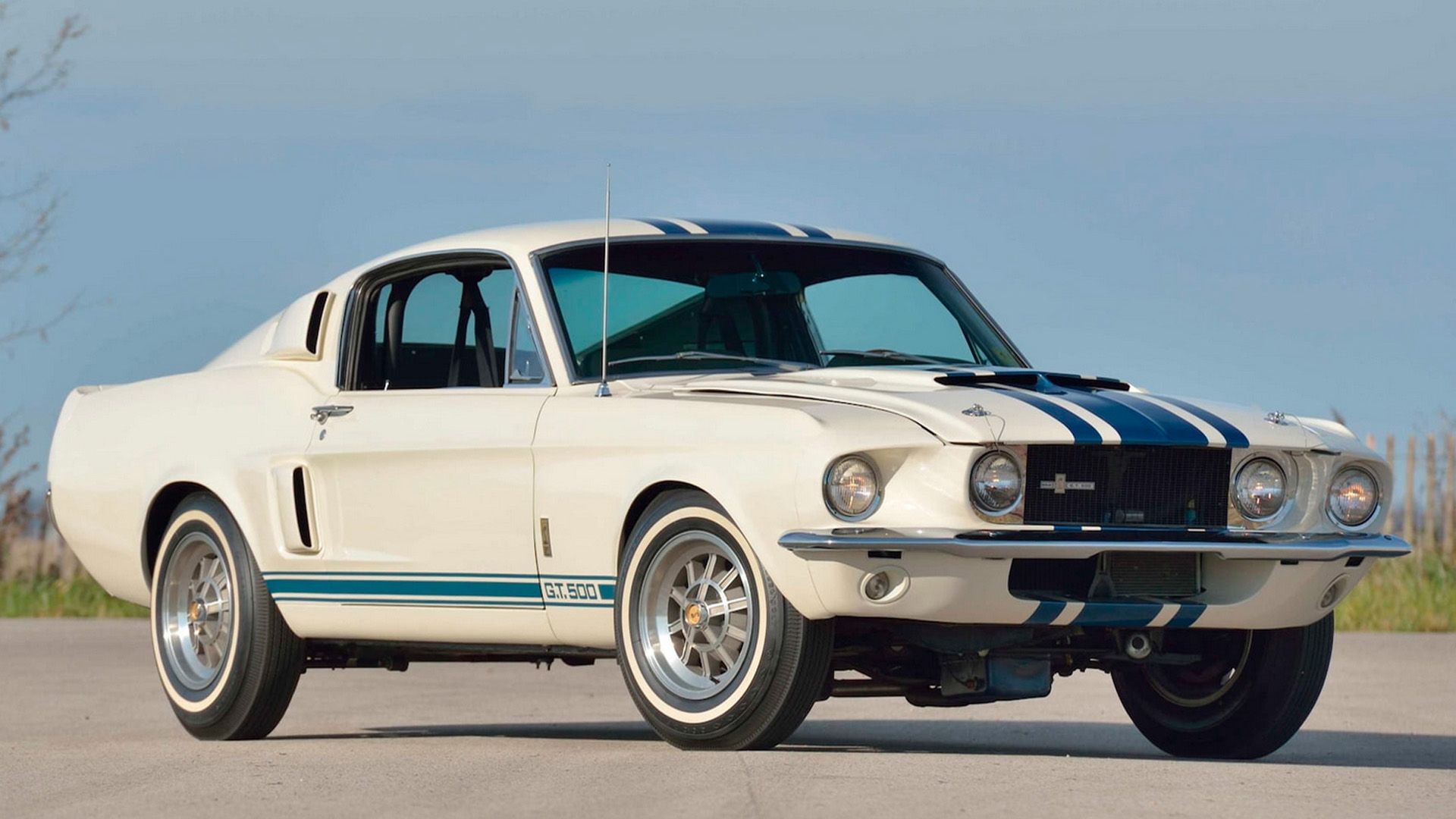
Fastest Ford Muscle Cars In Company History
With countless iconic nameplates from the Blue Oval, here are some of the fastest muscle cars that Ford has built over the decades
7 It Is A V-8 With A Lot To Offer
It is Not Just About Horsepower, It Is Also About Better Economy
We are getting to the incredible horsepower and torque that the Coyote can produce, but that is not all it is good for. From the start, the 5.0 liter Coyote has been a close competitor to the Chrysler HEMI, and the LS3 and LT1 engines used in some of the best GM muscle cars. When it comes to gas mileage, results from Fuel Economy.gov show that the Coyote outperforms the cars that use its competitor’s powertrains.
Fuel Economy Of Cars That Feature The Coyote, Hemi, LS3, Or LT1 Engines By Generation
|
Model |
Engine |
Combined Miles Per Gallon |
|
|
|
|
|
|
|
|
|
|
|
|
(Data gathered from Fuel Economy.gov)
The Coyote engine has stayed at its relatively small 5.0 Liter displacement throughout its life but has continuously generated reasonable miles per gallon compared to other popular muscle cars powertrains. Thanks to technology like advanced fuel injection and variable cam timing, the efficiency of these engines has also become more refined in an auto market that is continuing to look for both frugality and power.
6 Each Generation Of Coyote Engine Got Better And Better
Increased Torque And Horsepower From Generation To Generation
Since its debut in 2011, the Coyote engine has gone through a series of changes that keep making it better and better, but more importantly, has been the beating heart of all Ford Mustang GTs since then. In a relatively short amount of time, the Coyote has advanced through three generations, with the fourth generation Coyote engine being released this year. Both horsepower and torque have improved over the years, leaving the enthusiats and skeptics of the powertrain impressed by its generational evolution and improvements.
The Four Generations Of The Coyote Engine Specifications
|
Generation |
Horsepower |
Torque |
|
First Generation Coyote Engine |
412 Horsepower |
390 Pound-Feet |
|
Second Generation Coyote Engine |
435 Horsepower |
400 Pound-Feet |
|
Third Generation Coyote Engine |
460 Horsepower |
420 Pound-Feet |
|
Fourth Generation Coyote Engine |
480 Horsepower as standard |
415 Pound-Feet |
(Data gathered from Ford, Road & Track, and Edmunds)
So, for an engine that was met with skepticism, even the first generation of the Coyote engine has comparable performance to the 2011 5.7 liter HEMI engine on torque, fuel efficiency, and horsepower (with an extra 22 horsepower). The fourth generation of the Coyote engine, which debuts this year, will be even more powerful, especially with upgradeable extras, and will feature in some truly special cars from the new lineup of Mustangs that will continue to solidify its place in legendary engine history.
5 They Have A Renowned Reliability Record
With Proper Maintenance, You Could See Hundreds Of Thousands Of Miles From A Coyote
When buying a car that also looks amazing and performs well, you’ll probably be looking for a reliable engine that won’t have you dipping into your pocket every couple of months, for repairs. The Coyote engine is ranked as a very reliable engine and can be expected to last between 200,000 and 300,000 miles if properly looked after.
Reliability Features Of The Coyote Engine
- Built from aluminum.
- Strengthened without adding block thickness.
- Used consecutively throughout model years of Mustangs and some Ford F-150s.
- It has become more durable throughout generations.
Being the choice of America’s best-selling truck is a clear credential of its ability as a work-horse of an engine. Slightly different credentials compared to what is used in the Mustang GTs, it continues to prove itself as a work-horse of a powertrain whilst still producing some exceptional performance specs.
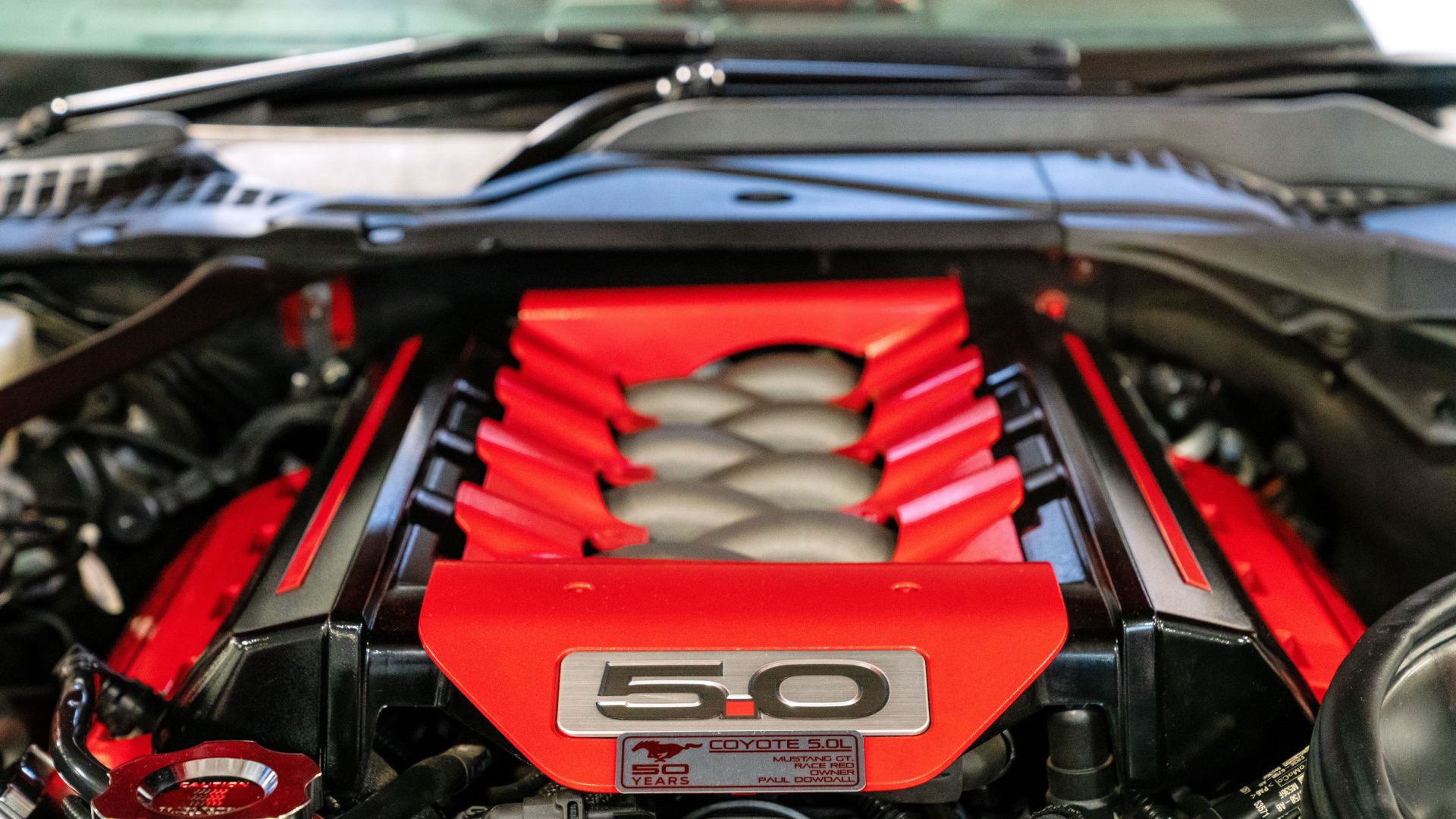
10 Ford Engines That Are Almost Too Reliable
From big burly V8s to fuel-efficient V6s, here are some of the most dependable engines developed by the Blue Oval, over the past century
4 The Fourth Generation Will Feature In An Awesome Lineup Of Mustangs
Be Prepared For The 2024 GT Fastback And Dark Horse
2024 marks the introduction of the fourth generation of the Ford Mustang Coyote engine, which means it will be featured in the awesome new lineup of S650 Ford Mustangs. It will feature in the new 2024 GT Fastback models and the seriously beastly Dark Horse (we’ll cover this variation specifically below though).
Not only will you get all the modern tech, comfort, and styling that you’d expect from a modern muscle car, but you get a powertrain that has stood the test of time and is bound to put a smile on your face when planting the gas to the floor.
Models That The Fourth Generation Coyote Will Feature In
|
Model |
Horsepower |
Torque |
MSRP |
|
2024 Ford Mustang GT Fastback Models |
480 Horsepower |
415 Pound-Feet |
$42,710 |
|
2024 Ford Mustang Dark Horse Variant Models |
Up To 500 Horsepower |
418 Pound Feet |
$59,485 |
Other highlights of the seventh generation of Ford Mustang include a 13.2-inch central touchscreen, SYNC 4 connectivity that allows you to immerse yourself with your favorite music streaming services, plush leather-studded interior, that classic but modern Mustang look, aggressive, road-hugging stance, and an exhaust that sings out a cacophony of growling tones that lets others know that you have arrived.
3 The Dark Horse Variant Is Going To Be A Beast
Up To 500 Horsepower
The 2024 Ford Mustang Dark Horse is a muscle car that is going to make everyone’s head turn, regardless if they are into muscle cars or not. With a price range from $59,485 to $63,480, it is not a cheap car to buy, but it will boast a fourth-generation Coyote V-8 that can produce a whopping 500 horsepower.
Also featuring Dual Bright exhausts with four-inch tips, a six-speed manual transmission with rev matching, and the MagneRide Damping System, it is not only a muscle car that looks amazing but is fast, adaptable, comfortable and convenient to drive at face-melting speeds. The discontinuation of the Chevy Camaro and Dodge Challenger in 2024, will leave the Mustang as the last surviving gas-powered muscle car.
Key Features Of The 2024 Ford Mustang Dark Horse
- Customizable interior and exterior options are available.
- It will feature a fourth-generation naturally aspirated Coyote engine that produces up to 500 horsepower.
- It features the iconic Tri-bar lighting.
- You can choose the exhaust mode from Normal, Track, Sport, and Quiet.
- It will sport Brembo brakes.
- It features 19-inch wheels.
If the huge performance capability of the Ford Mustang Dark Horse doesn’t quite cut it for you, a racing alternative is also added with the introduction of the Ford Mustang Dark Horse R which has been developed by the Ford Performance team.
You do get the same huge power output but with added track upgrades, which include Michelin slick tires, Recaro FIA Racing Seat, Borla Race Exhaust System, and Ford Performance Parts R1 Flow-Formed Wheels. It is safe to say, for the money spent on the Dark Horse, it certainly is going to deliver!
2 Coyotes Are Fantastic Crate Engines
Restoration Projects Are A Coyote’s Favorite
The Ford Mustang Coyote engine been a favorite replacement powertrain for Mustang fanatics to drop into their older model of Mustangs. Thanks to it being a modern modular engine, it is versatile and can be fitted into most older Fords, perfecting the harmony of the vintage look and build design with modern and reliable engines. But, it is not just old Mustangs that have received the Coyote treatment. You’ll be inspired for a new project thanks to people dropping a Coyote into cars like the Porsche Cayman, a 1967 Thunderbird, vintage Galaxies, and even an AC Cobra!
Coyotes As Crate Engines
- They can be dropped into most older models of Fords.
- They can be dropped into a huge range of vehicles with some imagination and creative engineering.
- Readily available new and second-hand.
With some engineering nous, time, and probably more importantly, money, a V-8 Coyote can be used to transform a car or truck from a potentially mundane drive to a tire-screeching, face-distorting experience that will be sure to surprise anyone who would dare to face you in a drag line-up.
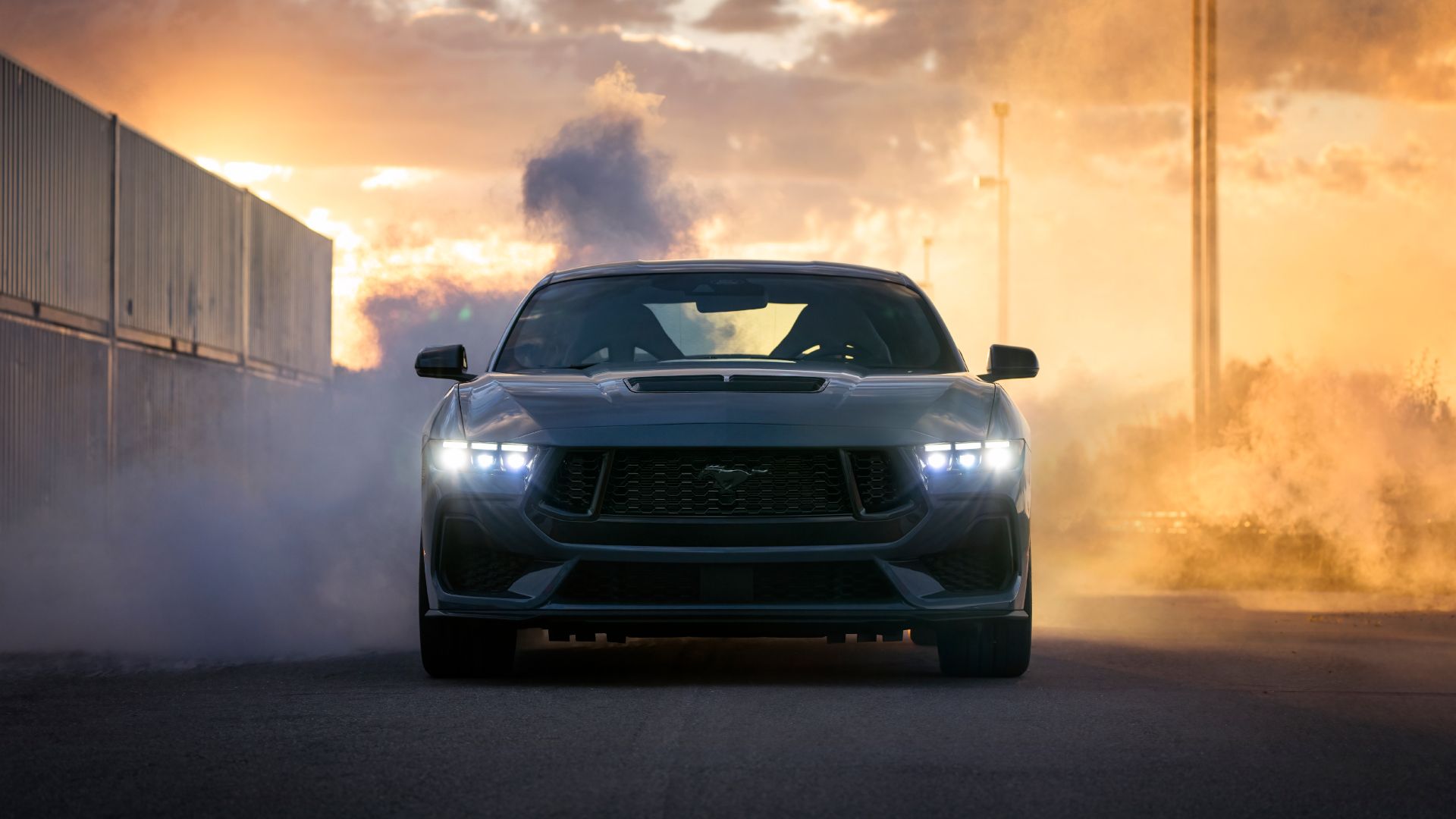
Here’s What Ford’s V-8 Engine Lineup Currently Looks Like
Ford has added a new 615-horsepower ‘Megazilla’ crate engine to its already-stacked V-8 lineup
1 The Coyote Engines Cost A Pretty Penny
A Third Generation Mustang Coyote Engine Is Over $10,000
If you like the idea of dumping a load of torque and horsepower into your everyday car, don’t mind upsetting purists by putting a modern engine in an old car, and you think you can do it, just be aware, that a Coyote engine does not come cheap as a crate engine.
Coyote Crate Engine Prices
As you know, vehicle restoration, and especially vintage vehicle restoration is a rewarding but expensive game, but if you do want this special and legendary engine in your old Bronco, then it is going to cost. And, that is even before the hours you will have to put into getting it the way you want it. We say it would be worth it though, as it will give most cars and resto-projects the boost they need to make them truly special and unique.
[ad_2]
Source link

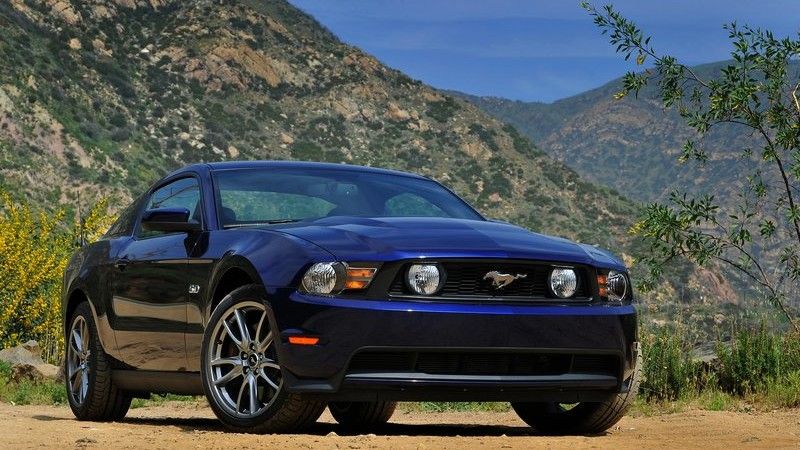
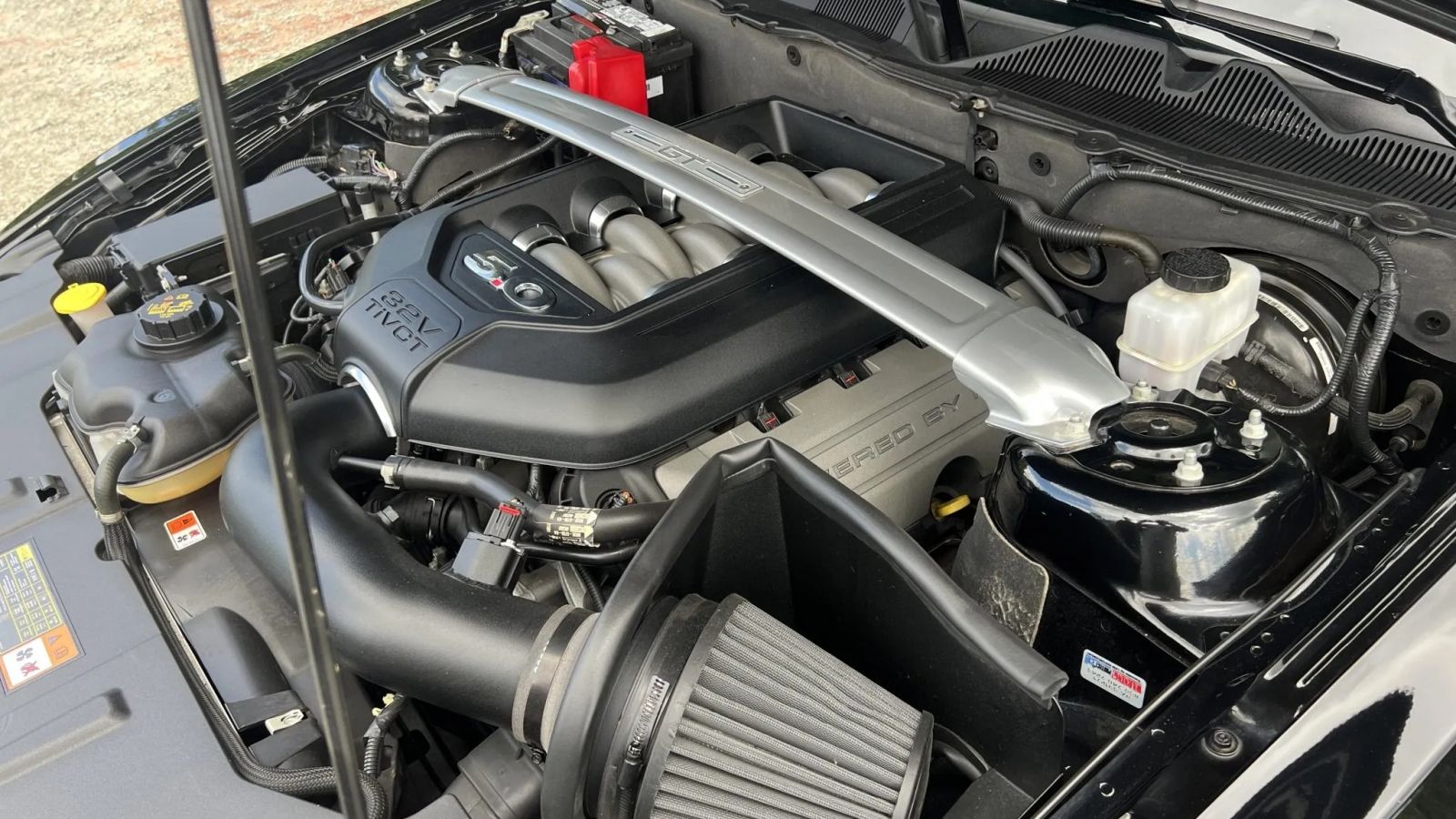
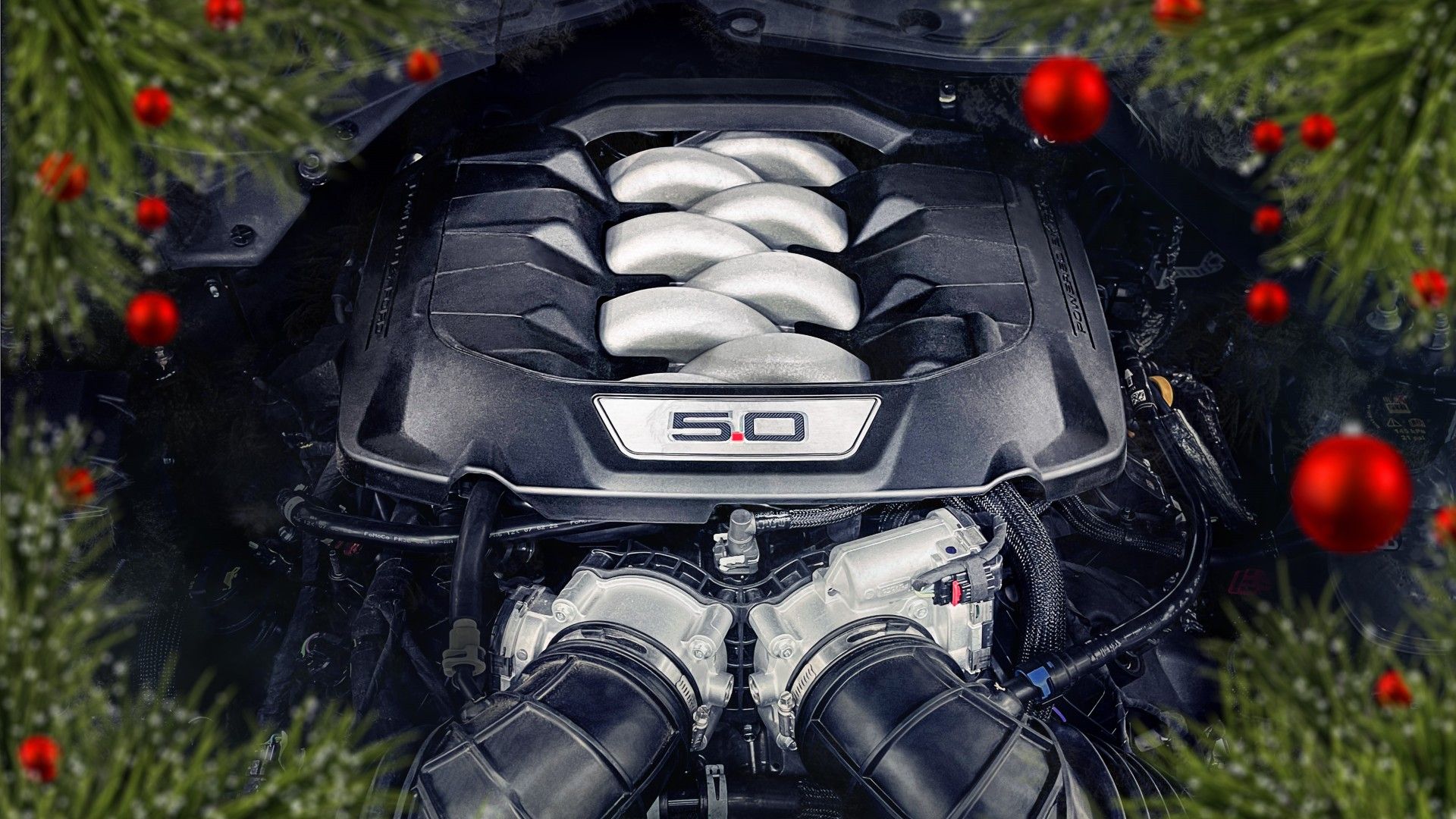
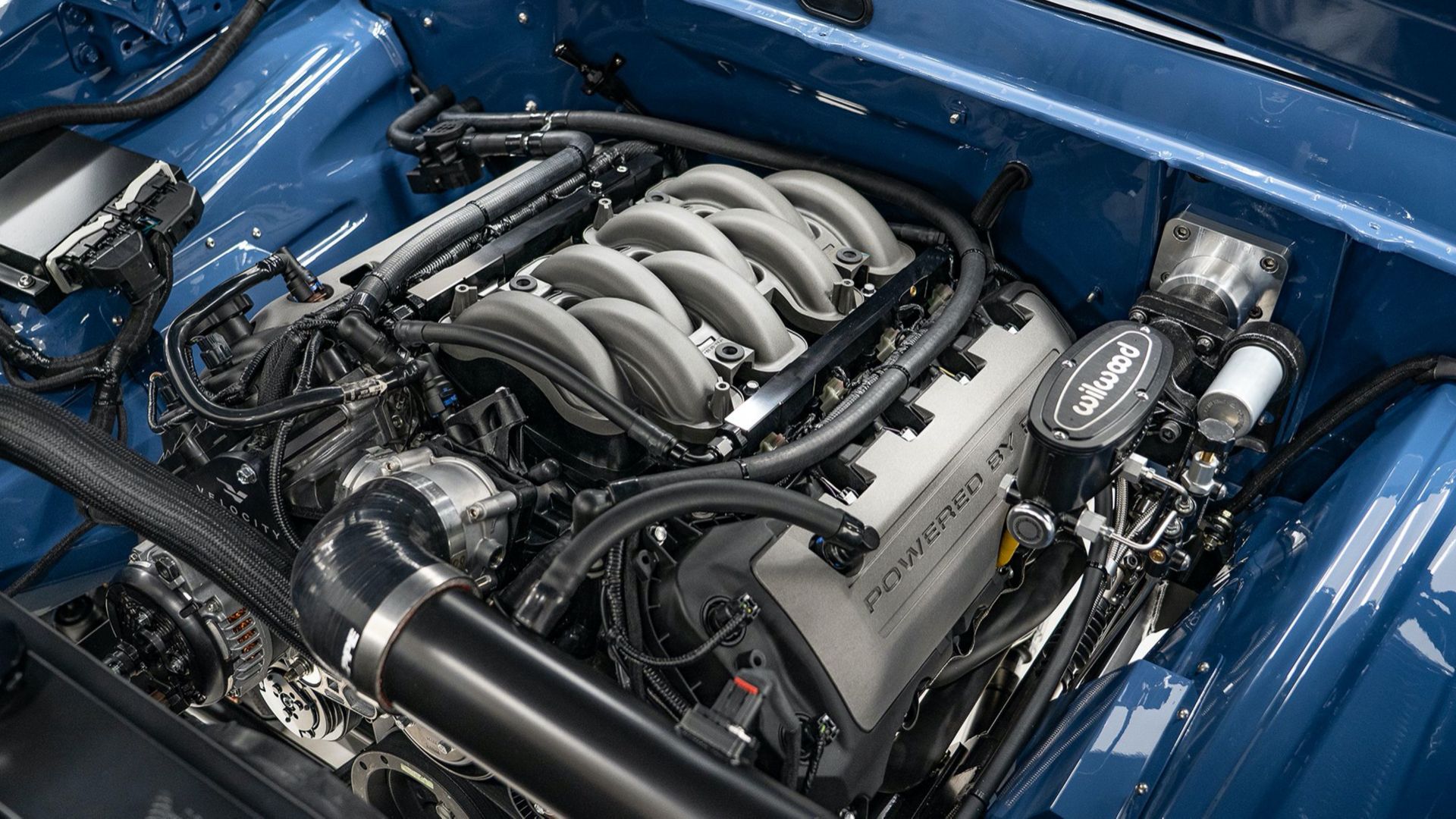
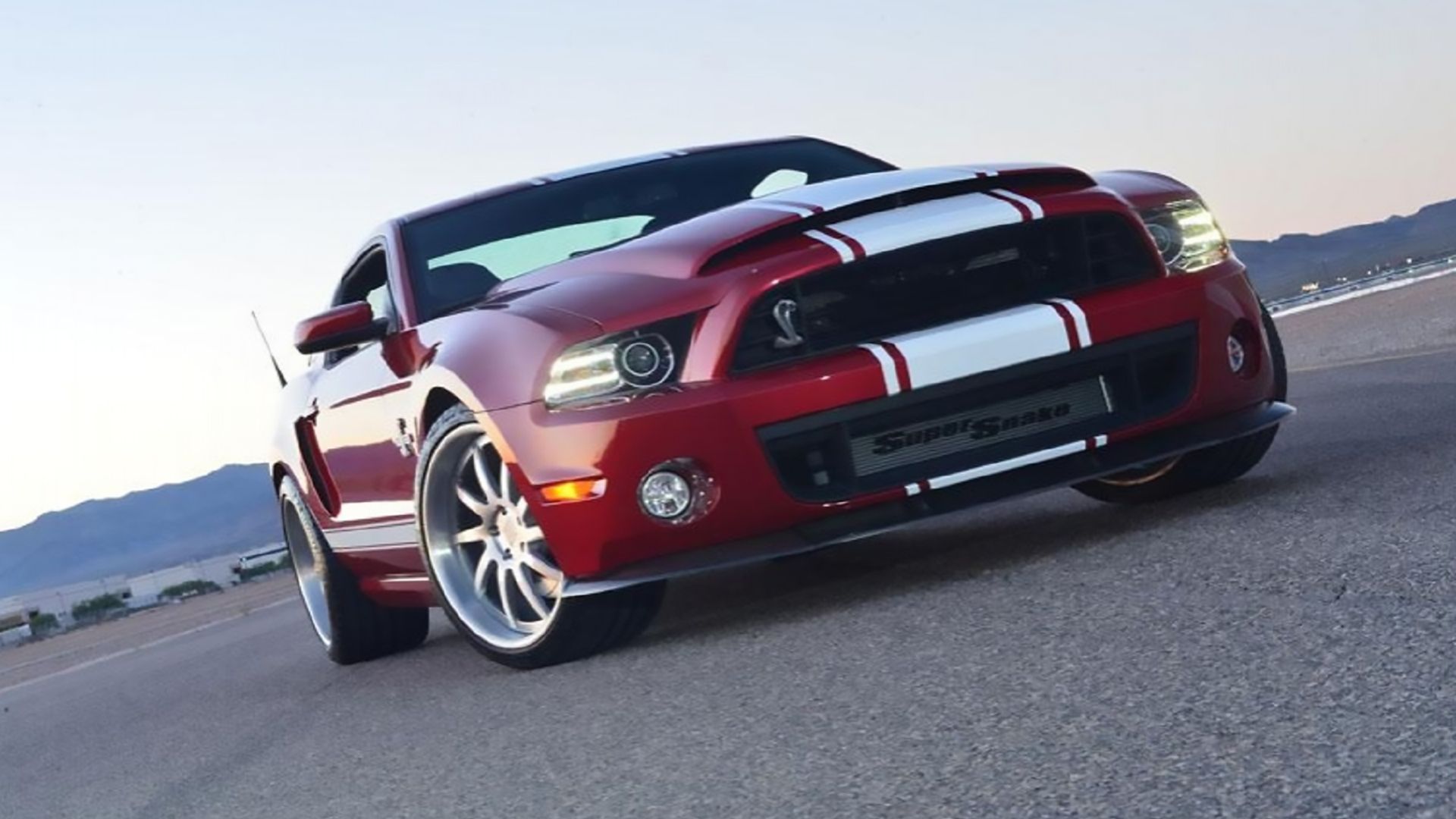
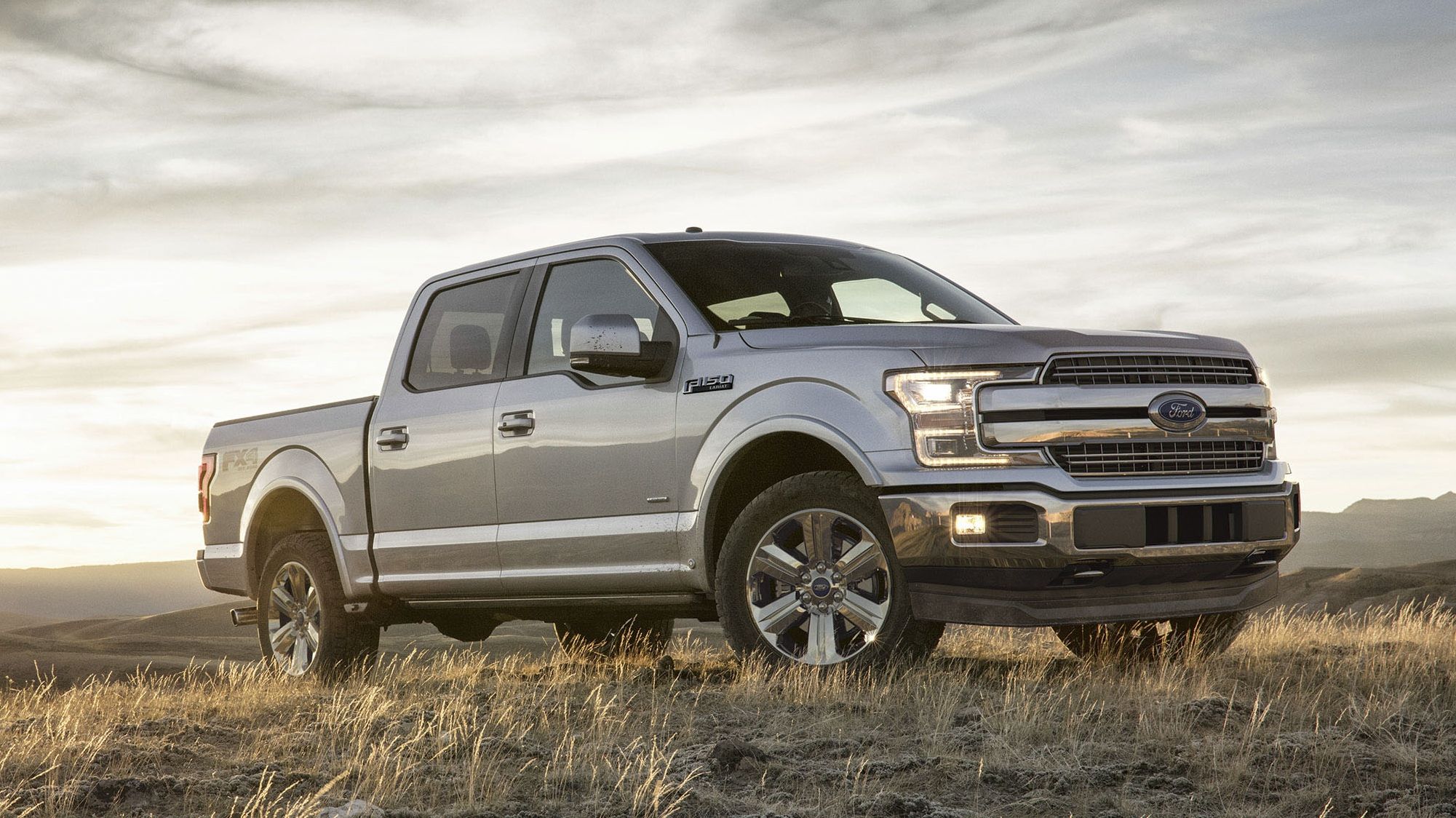
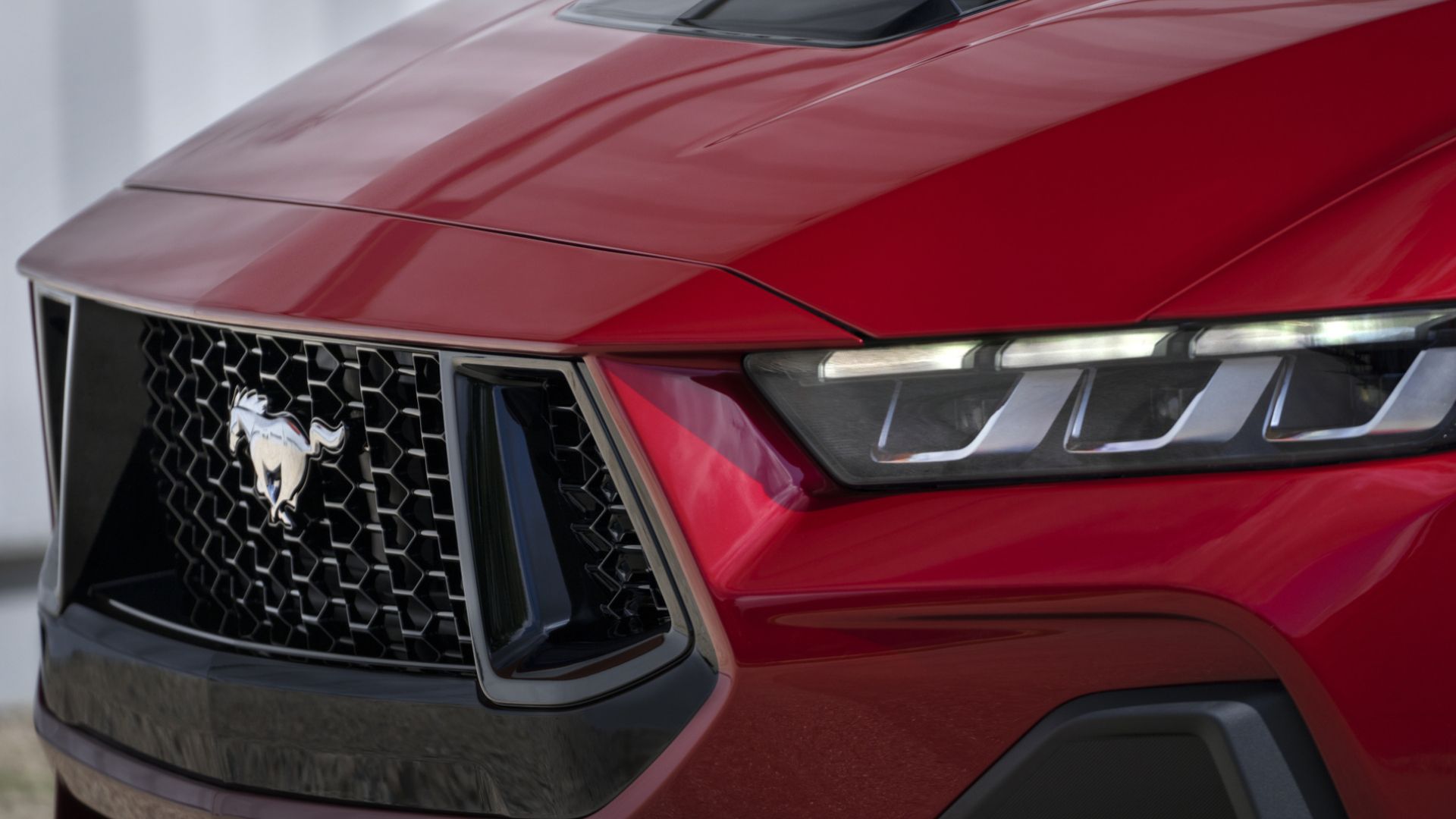
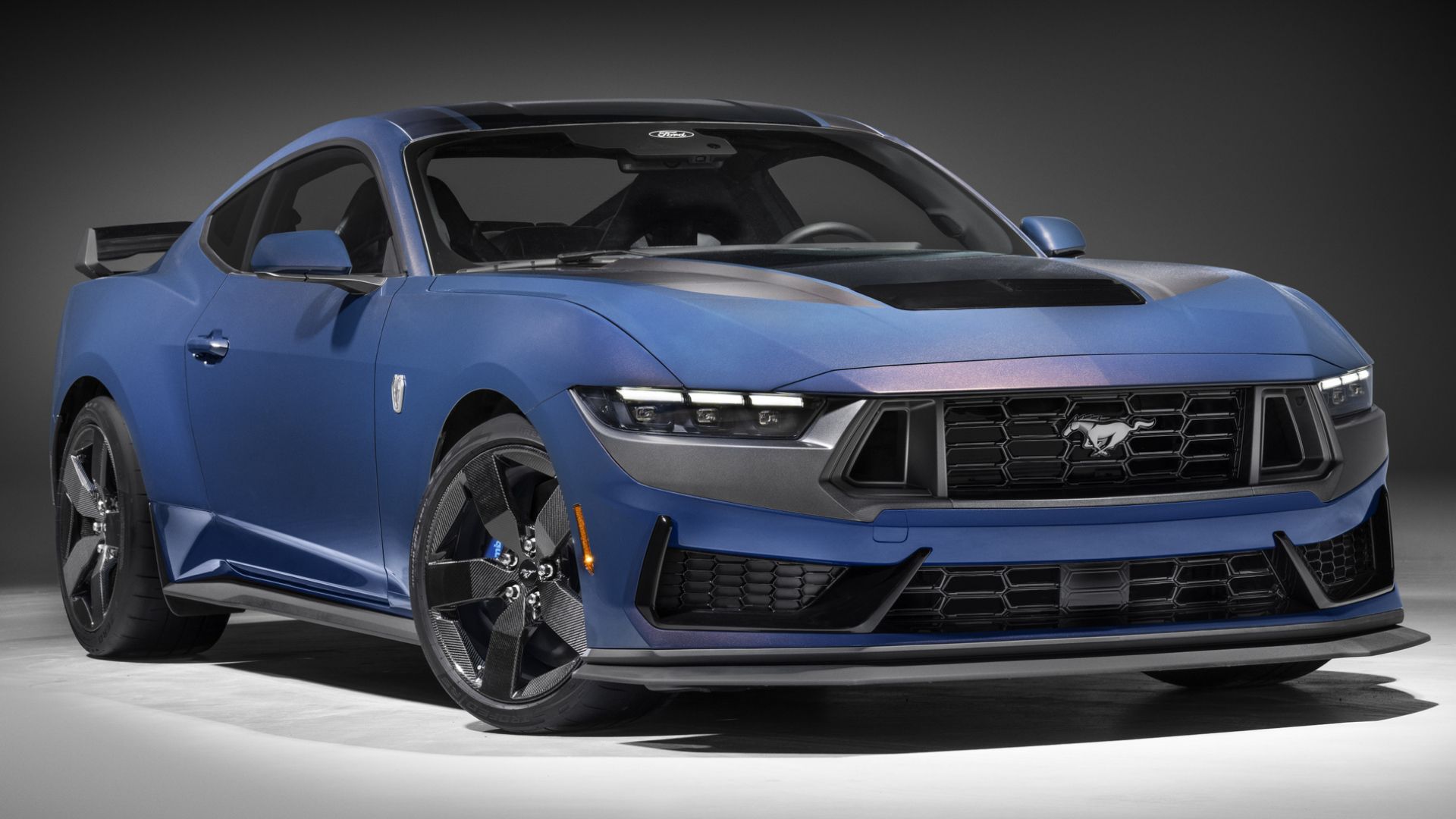
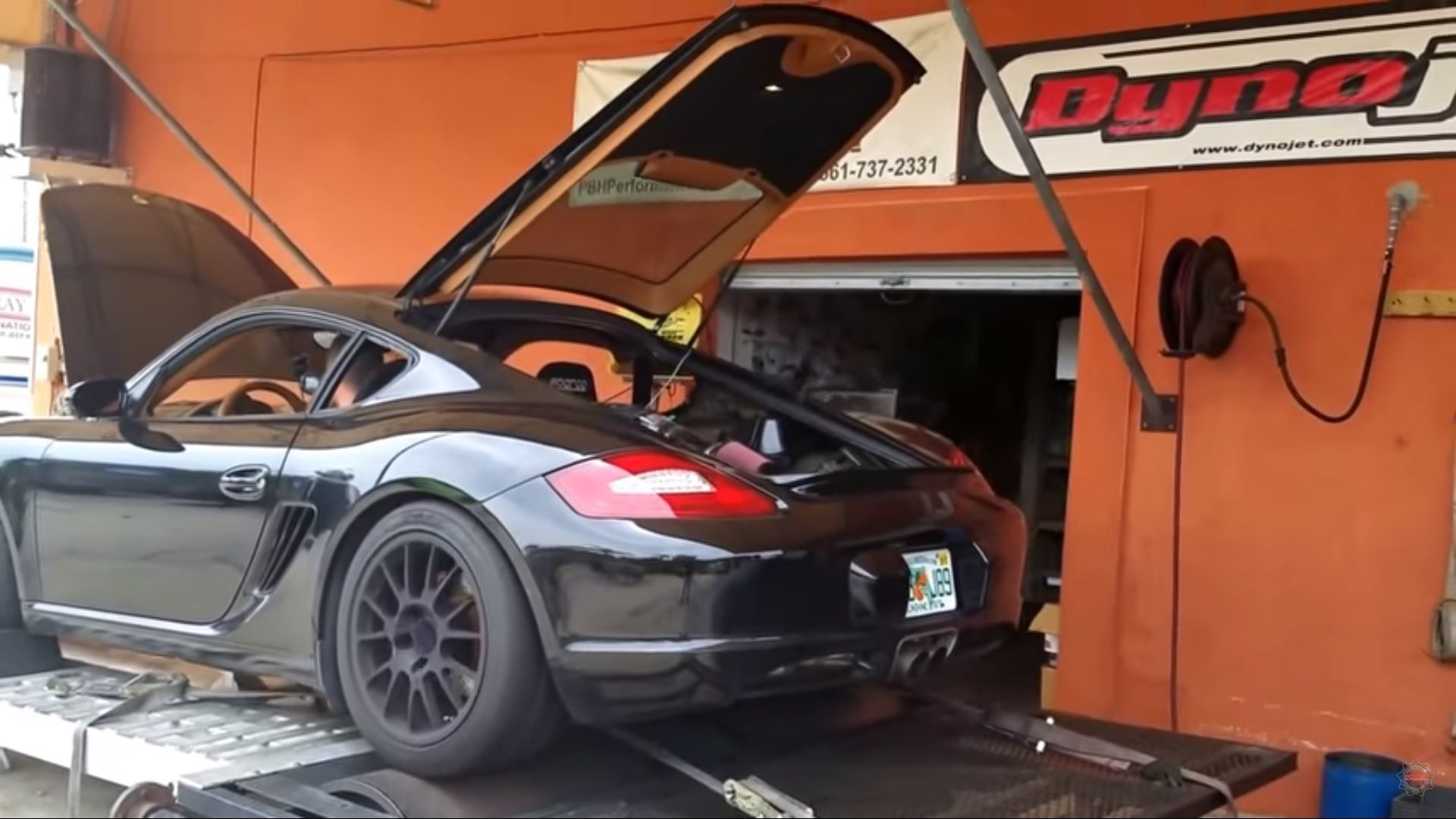
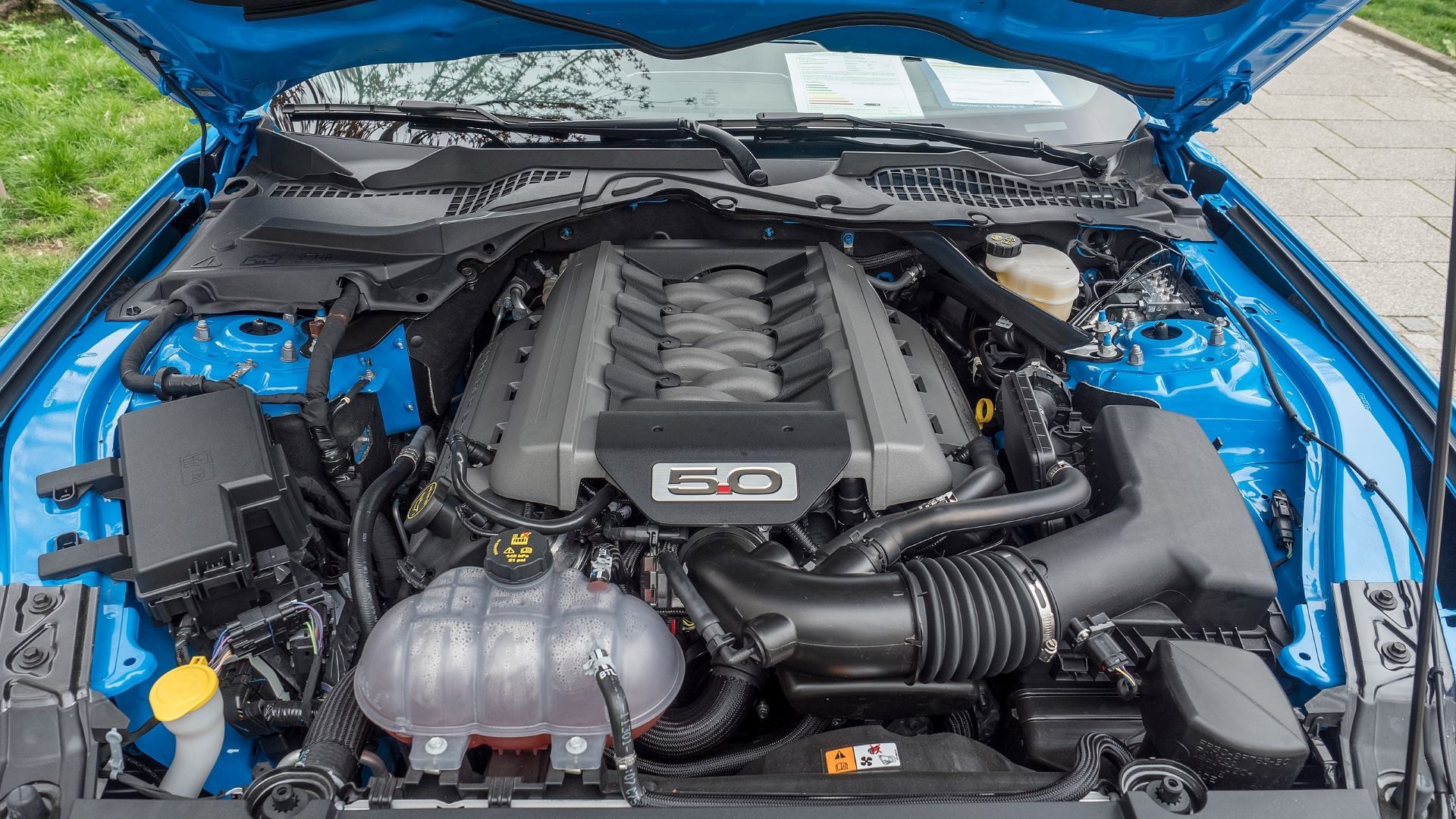
Leave a Reply
You must be logged in to post a comment.